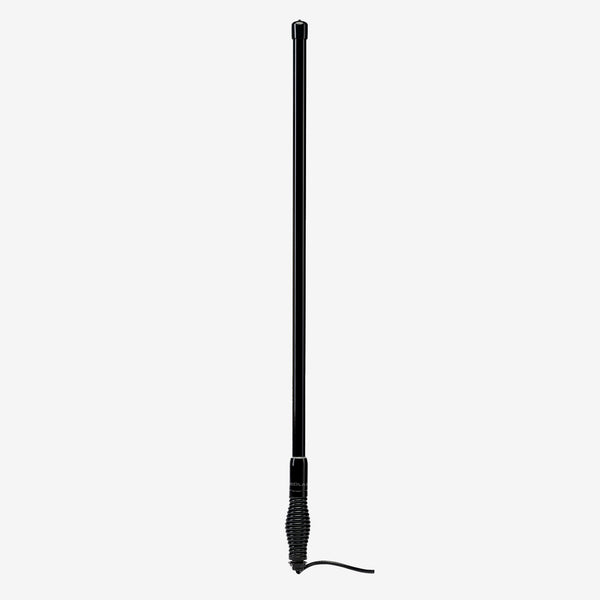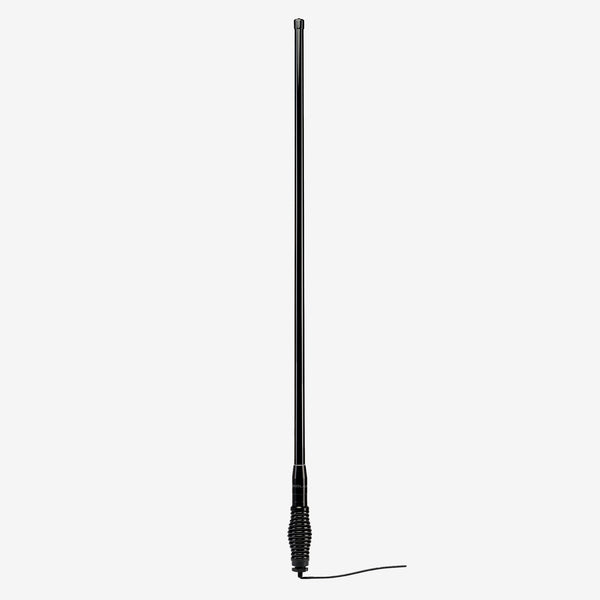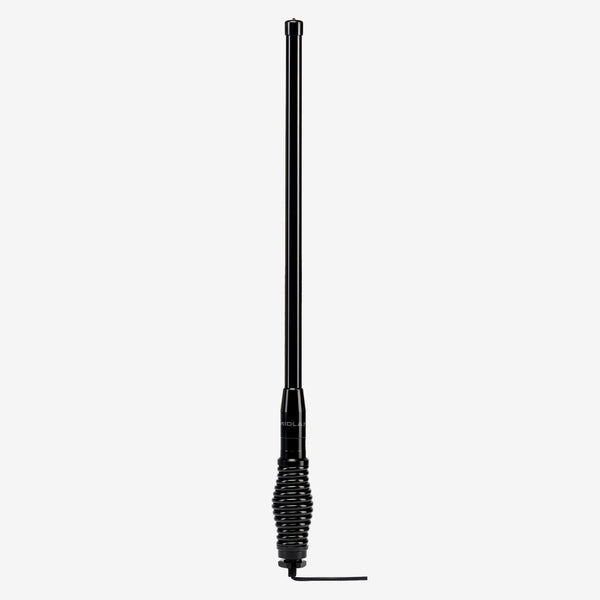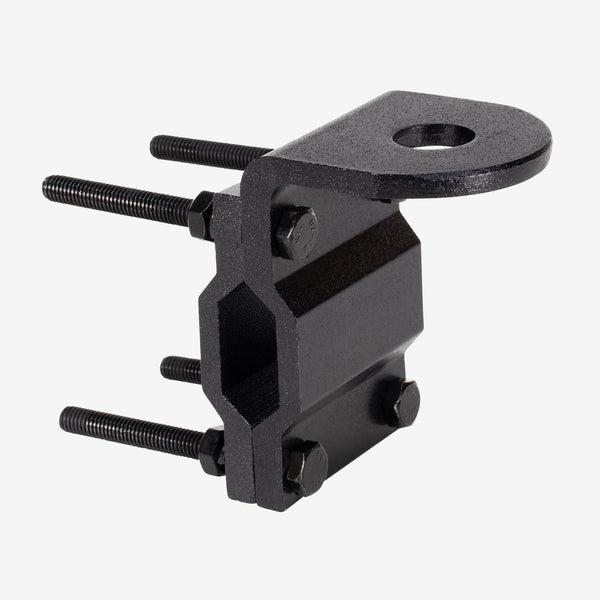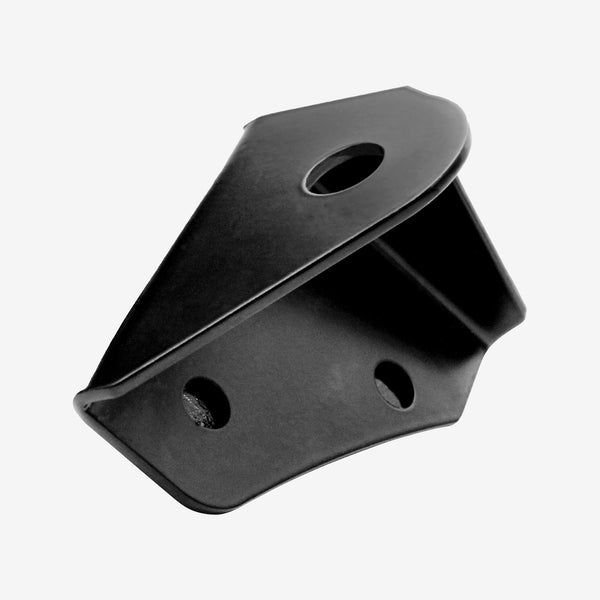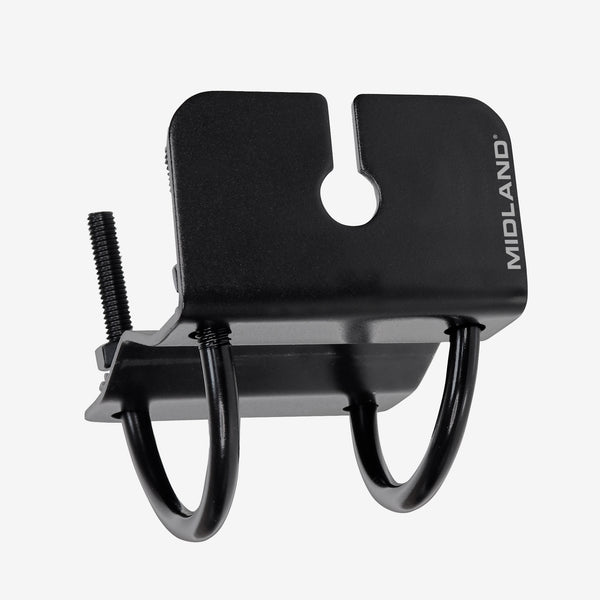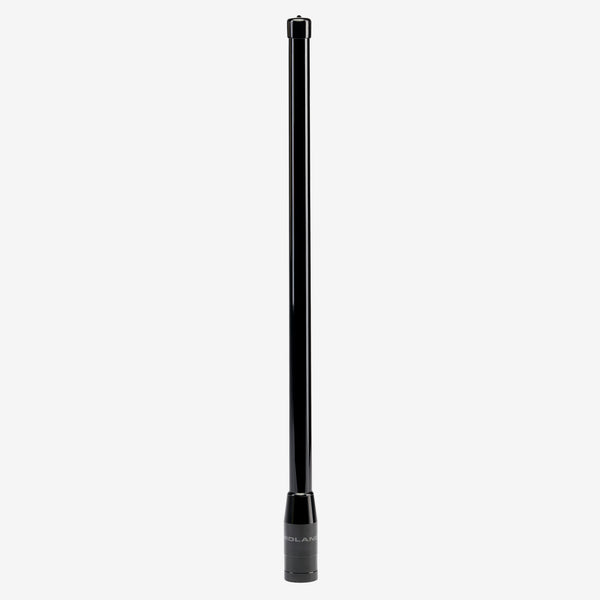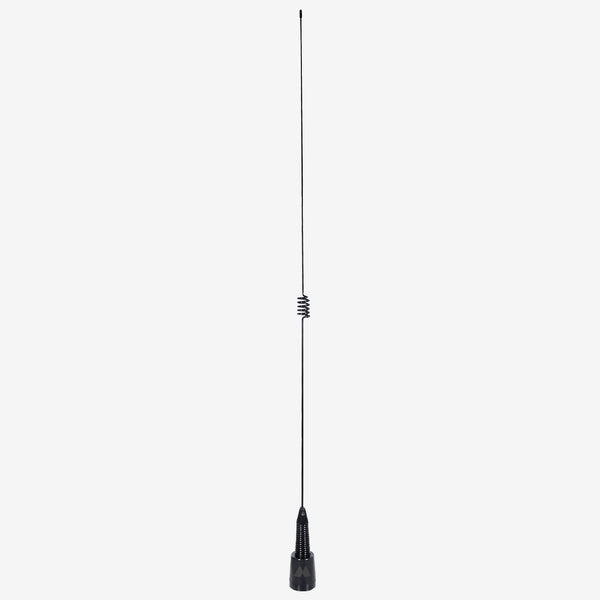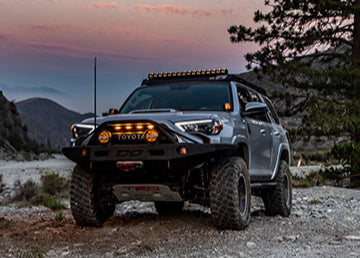
GMRS Antennas.
Optimize your two-way radio communication with Midland's Ride-the-Range antennas.
Why Midland
Introducing The New MXAT Line
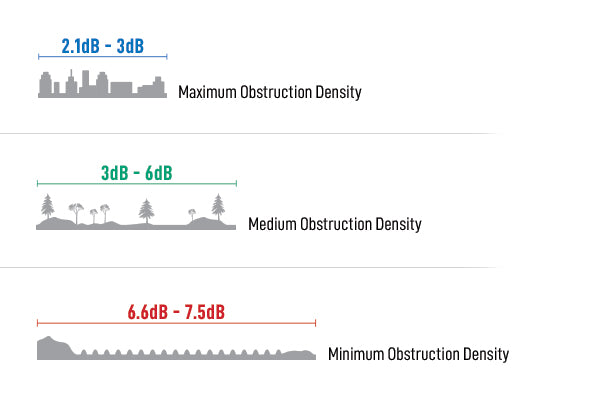
Understanding Decibel (dB) Coverage
Lower dB casts a taller signal, making communication clearer when encountering heavily obstructed areas such as cities, dense forests, and mountains. Medium dB helps strengthen communication in areas with some obstructions like hills and scattered trees. Higher dB casts a longer signal, better fit for areas with minimum obstructions like wide open plains or highways.
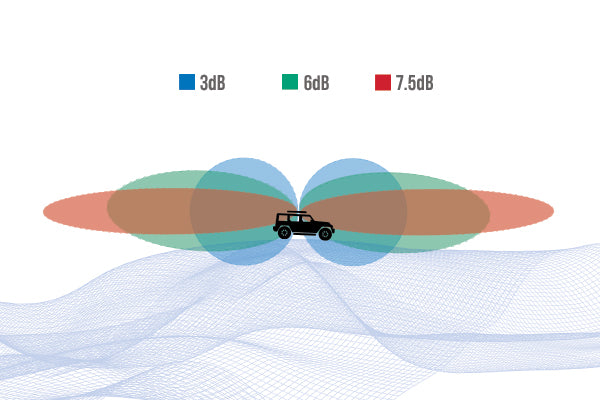
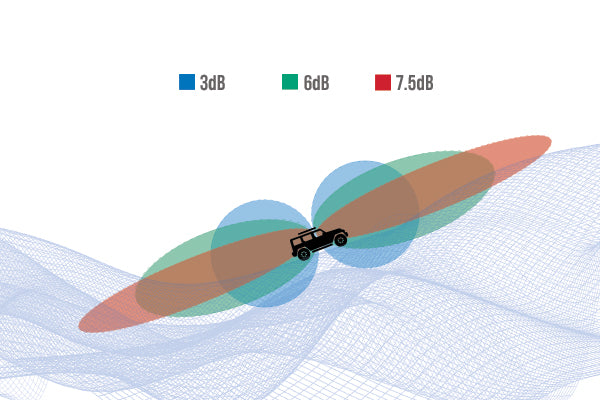
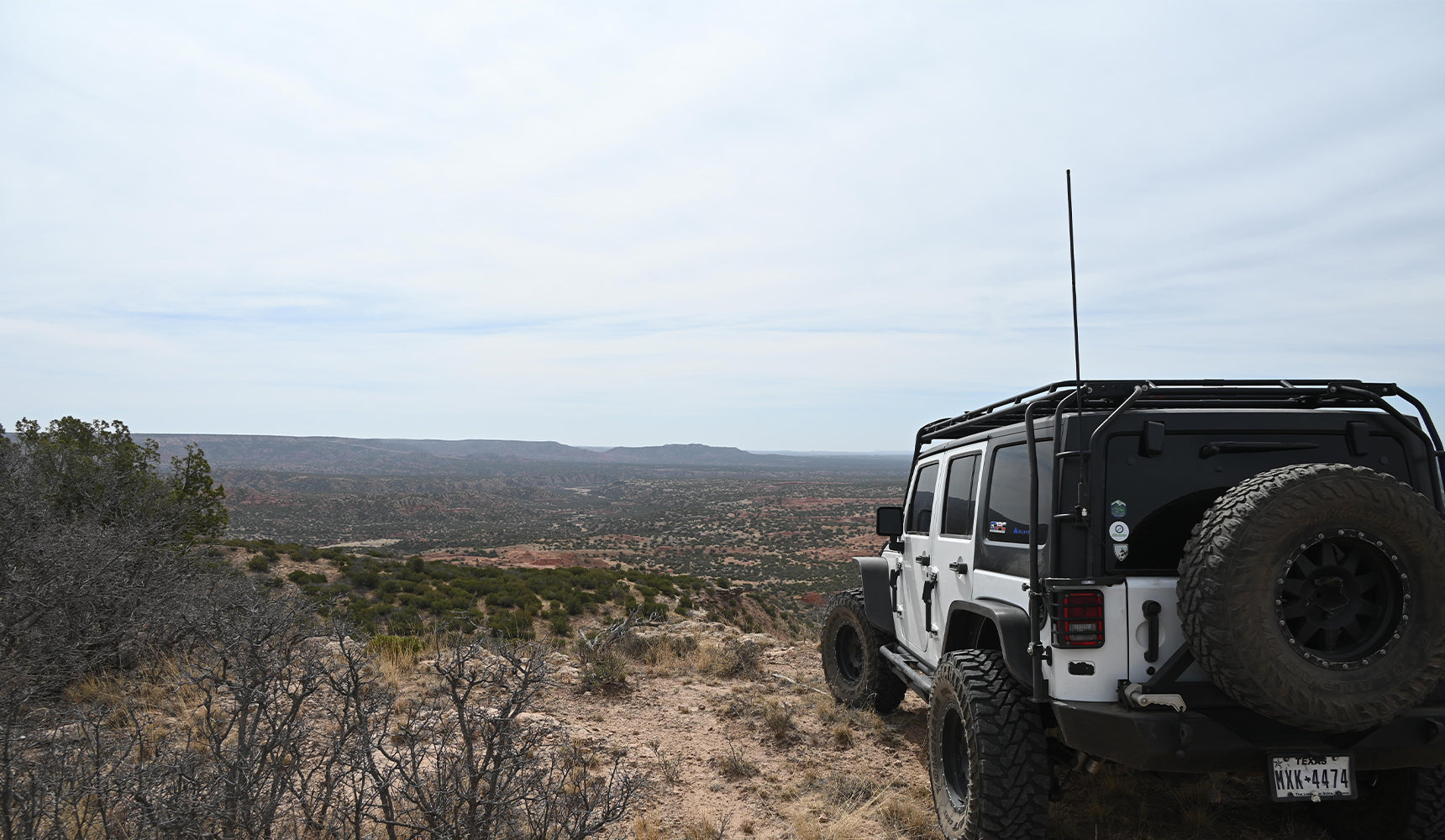
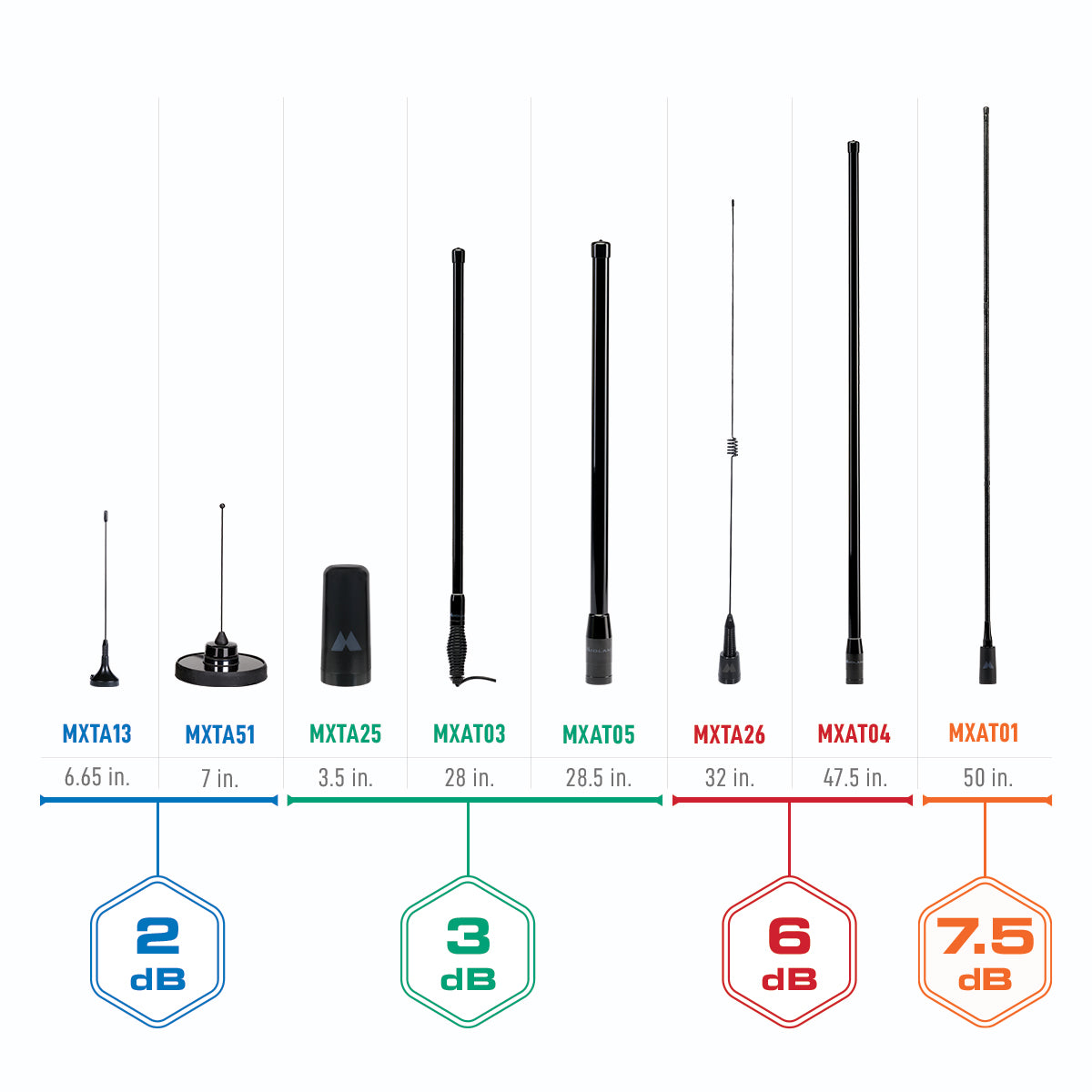
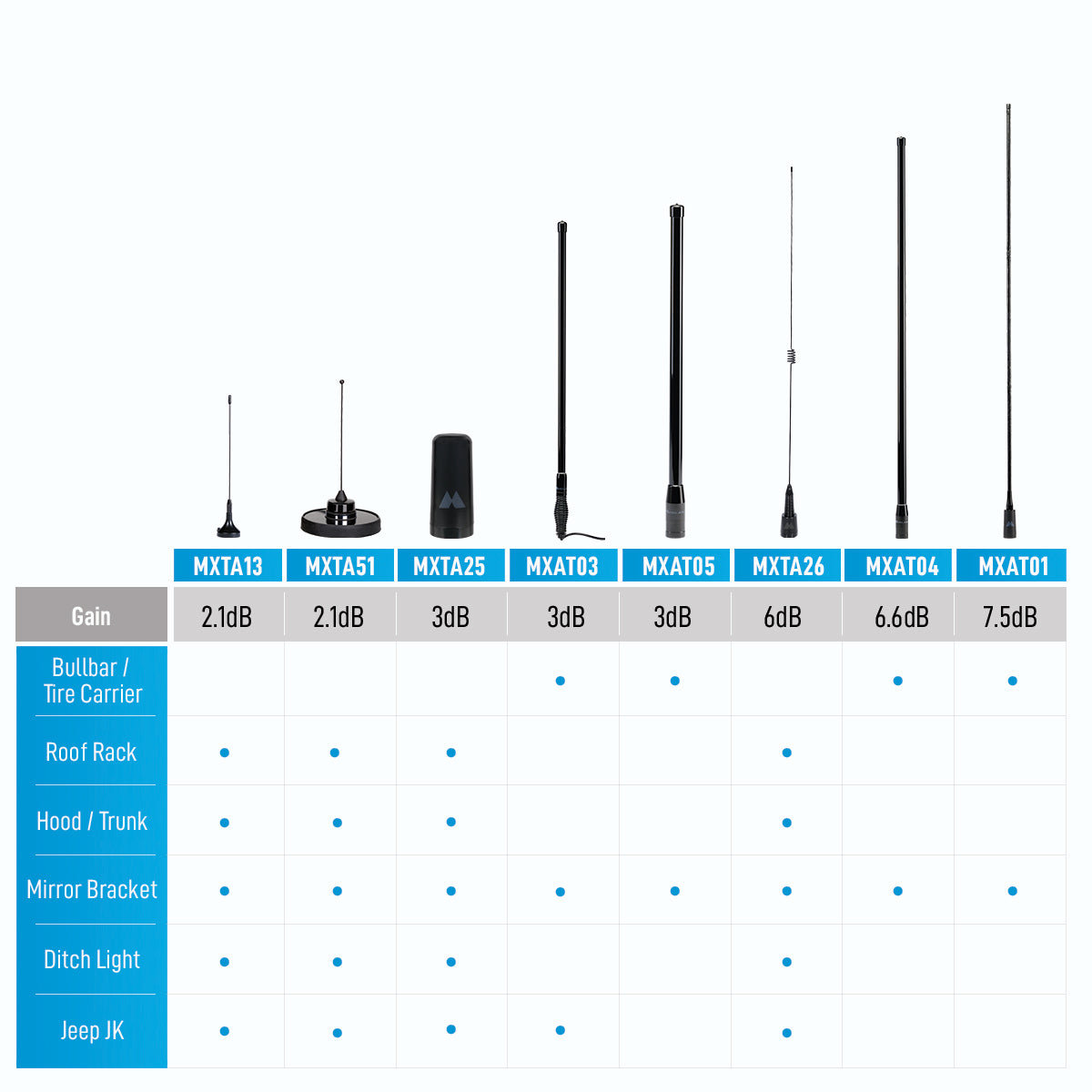
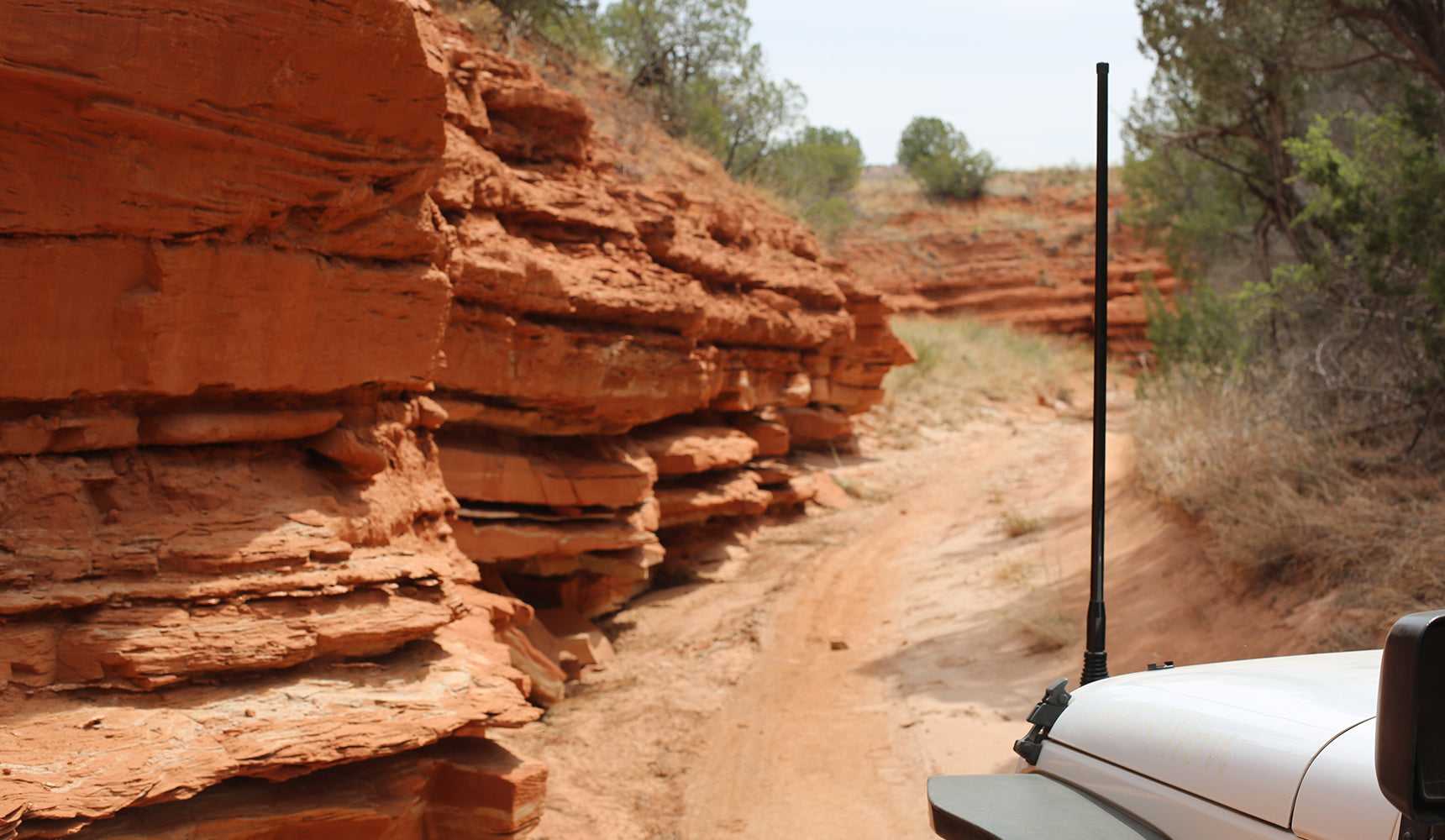
TIPS AND TRICKS
• To maximize range, mount your antenna as high as possible.
• Don’t install a bull bar antenna with the base near or above the roof line.
• Don’t install a fiberglass antenna on a lip mount, as it is not secure enough.
• The best place to route your cable from the cab to the front of the vehicle is through the firewall. There should be a rubber grommet you can use for access.
• When attaching your antenna mount to the coax cable, do not over-tighten.
• To properly ground your antenna, ensure the mounting surface is bare metal without powder coating or paint. Additional antenna grounding is not necessary with GMRS, but may help overall performance.
• To avoid signal obstruction and interference, keep your antenna away from light bars, GPS antennas, cables, roof racks, air scoops, etc.
• When routing the antenna cable always keep it away from power cables, intercom cables, ignition cables/coils, engine electronics, and any other cables.
• If radio interference occurs, clip ferrite core beads to the antenna cable to suppress noise.
• Always avoid tightly coiling or bundling any excess antenna cable. If the cable is too long, shorten it by cutting the cable and using a PL259 Male Crimp Connector kit. You can also route the cable to use the excess length.
• Use hooks and cable wrap to secure the cable. Avoid zip ties if possible.







